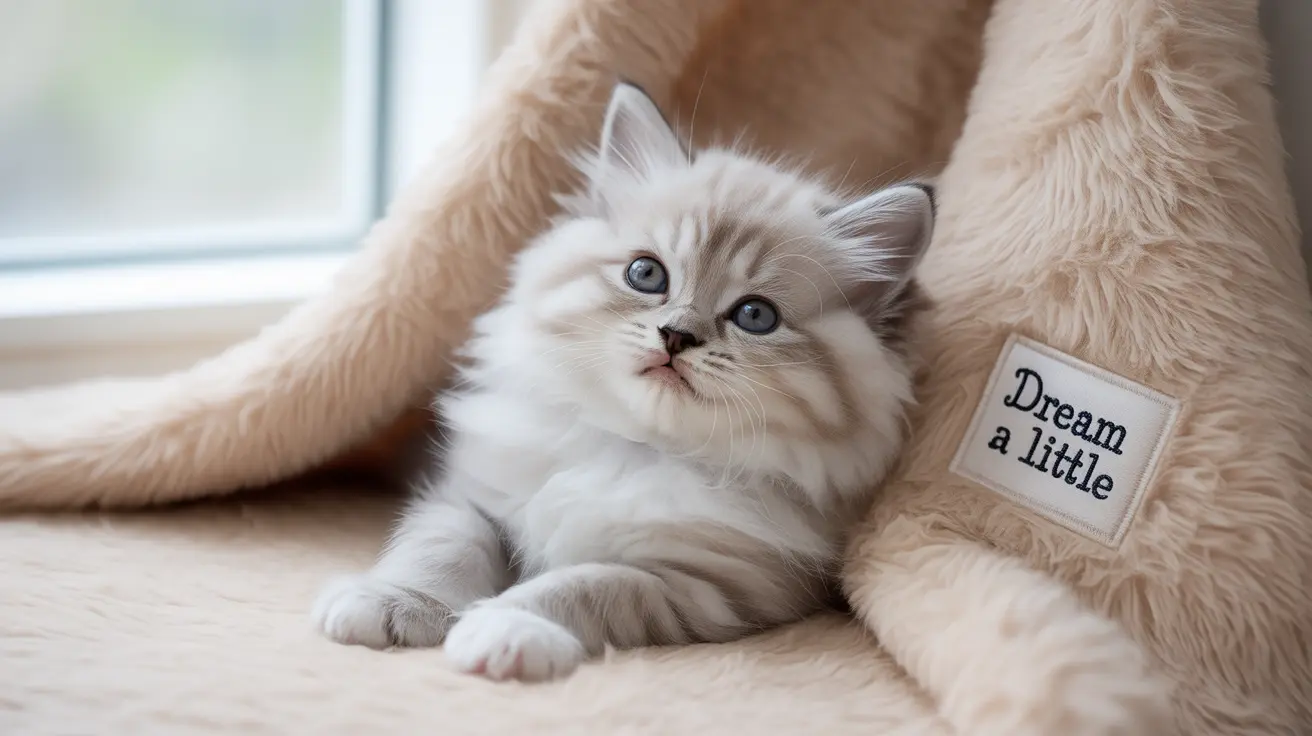The Basics of Kitten Suckling Behavior
When kittens are born, suckling is their primary means of obtaining nutrition and comfort from their mother. This instinctive behavior involves latching onto the mother's nipples while performing a rhythmic kneading motion with their paws, often called "making biscuits." This kneading action helps stimulate milk production and strengthens the maternal bond.
The natural suckling period typically lasts until kittens are 6-8 weeks old, coinciding with the gradual introduction of solid food. However, many kittens continue to seek comfort through suckling even after weaning, especially when stressed or seeking comfort.
Early Weaning and Its Impact
Kittens separated from their mothers before 8-12 weeks of age often develop persistent suckling behaviors. This early separation can lead to various developmental challenges, including:
- Inappropriate object suckling
- Excessive attachment to humans
- Difficulty self-soothing
- Potential behavioral issues later in life
Identifying Normal vs. Problematic Suckling
While some suckling behavior is perfectly normal, especially in young kittens, certain signs may indicate a problem:
Normal Suckling Signs:
- Age-appropriate nursing behavior
- Occasional comfort suckling on soft objects
- Suckling accompanied by relaxed purring
- Normal eating and drinking habits
Problematic Signs:
- Compulsive suckling on inappropriate objects
- Aggressive or desperate suckling behavior
- Suckling that interferes with daily activities
- Physical damage from excessive suckling
Managing Persistent Suckling Behavior
If your cat shows persistent suckling behavior, consider these management strategies:
- Provide appropriate alternatives like soft toys
- Establish consistent daily routines
- Ensure environmental enrichment
- Consider consulting with a veterinary behaviorist
The Role of Stress and Anxiety
Stress can significantly impact suckling behavior in both kittens and adult cats. Common triggers include:
- Changes in environment
- New family members
- Moving homes
- Schedule disruptions
- Lack of environmental enrichment
Frequently Asked Questions
Why do kittens suckle on their mother or objects, and when is this behavior normal?
Kitten suckling is normal during the first 6-8 weeks of life as it's essential for obtaining nutrition from their mother. It's also normal for kittens to occasionally suckle for comfort during the weaning process, typically until 12 weeks of age.
How does early weaning affect a kitten's suckling behavior and social development?
Early weaning can lead to persistent suckling behaviors, difficulty with self-soothing, and potential social development issues. Kittens weaned too early may miss crucial developmental milestones and struggle with proper cat-to-cat interactions.
What are the risks of kittens suckling on their littermates, especially their genitals?
This behavior can lead to serious health issues, including tissue damage, infection, and potential urinary obstruction. It requires immediate intervention and should be discussed with a veterinarian.
How can I manage or reduce persistent suckling behavior in kittens and adult cats?
Provide appropriate alternatives for comfort, maintain consistent routines, ensure environmental enrichment, and consider professional behavioral consultation if the behavior becomes problematic.
Why do some adult cats suckle on blankets or clothing, and is this cause for concern?
Adult suckling often stems from early weaning or stress. While not always concerning, excessive suckling can indicate anxiety or compulsive behavior and may require veterinary attention if it becomes destructive or obsessive.
Conclusion
Understanding kitten suckling behavior is crucial for proper feline development and well-being. While it's a natural part of kittenhood, recognizing when it becomes problematic and knowing how to address it appropriately can help ensure your cat's healthy development and emotional security.






